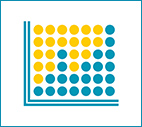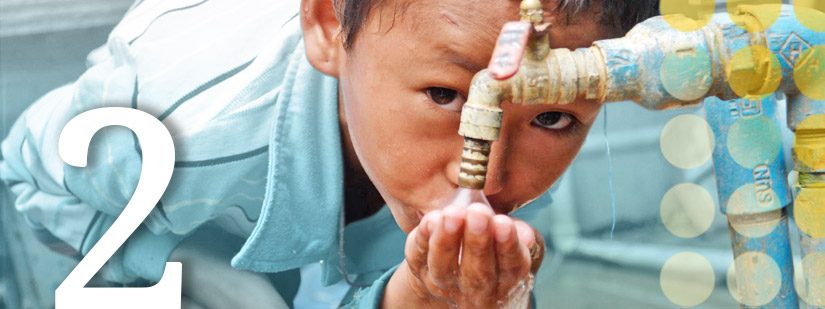The goal of the model we will discuss is not to reproduce the specifics of particular societies, but to provide insight into the general behaviour of economic activity. The beauty of the model is how little is needed to produce results that help us understand why wealth inequality occurs. The model is based on many exchanges of wealth between people, companies, or countries, which we will refer to as agents.
The key assumption is that the wealth exchanged between any two agents is a percentage of the wealth of the poorer agent, which is similar to real-life economic transactions.
The model can be described by the following steps (or algorithm).
- Specify the number of agents and give each a certain amount of initial wealth.
- Choose two agents at random regardless of their wealth.
- Determine which of the two agents has the smaller wealth, and take a percentage of the smaller wealth as the amount to be gained or lost in the transaction. For example, if the poorer agent has $100 and the percentage is 10%, this amount is $10.
- Choose at random which agent gains and which loses. In our example, if the richer agent has $1000, then after the transaction there are two possibilities that can be chosen by the flip of a coin: either the richer agent now has $1010 and the poorer has $90, or the richer has $990 and the poorer has $110.
- Repeat steps 2–4 many times and look at how the wealth becomes redistributed among the agents.
Illustration of the wealth exchange algorithm.Run Simulation
Agents represent any entity that can hold or exchange wealth. We will assume that “wealth” includes currency or anything that can be bought or sold with currency such as real estate, cars, art, stock, commodities, or even factories.


